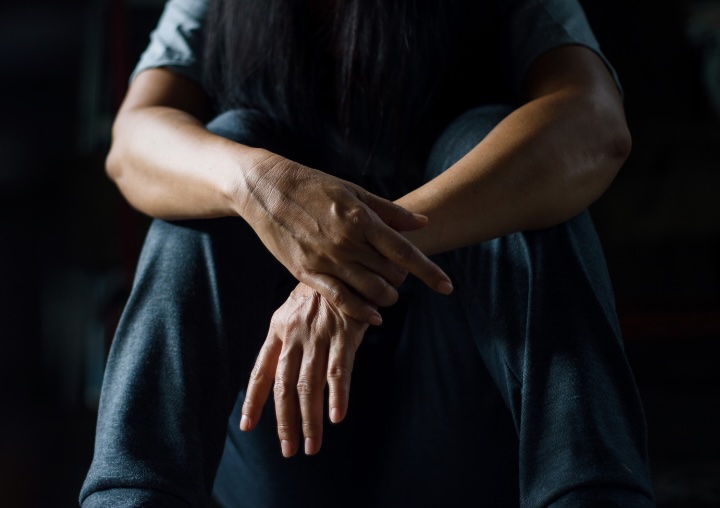According to the National Center for PTSD, about 13 million Americans had PTSD in 2020. About 8 of every 100 women (or 8%) and 4 of every 100 men (or 4%) will have PTSD at some point in their life.
If you’re one of 13 million Americans struggling with the symptoms of PTSD, we want you to know that you’re not alone. Healing is possible, and there are many trauma-informed modalities to help you find relief. We hope that these resources serve as a reminder that you are not alone, and that you are worthy of healing.

What Is PTSD?
PTSD is a mental condition that can develop after experiencing or witnessing a life-threatening event. The condition may stem from surviving traumatic events, such as combat, natural disasters, car accidents, or sexual assault.
PTSD can go undiagnosed because the symptoms present differently, even among two people who experience the same event. Symptoms may include nightmares, uncontrollable thoughts about the event, emotional flashbacks, and avoidance of distressing memories.
JUMP TO EMERGENCY RESOURCES
Resources on Trauma Responses & Trauma Symptoms

Resources on Trauma Therapy & Healing Modalities
- Trauma-Informed Care: What It Is and Why It Matters
- Trauma Therapy at All Points North
- Somatic Experiencing as Trauma Therapy
- Group Therapy for Addiction and Trauma Treatment
- Heal with Ketamine Assisted Therapy
- Four Things You Should Know About Ketamine Therapy
- Rewire Your Brain with Neurotechnology
- Yoga and Meditation in Recovery

Trauma Survivor Stories
The following resources recount firsthand experiences with PTSD, trauma, and healing from real trauma survivors. We share these stories to honor the storytellers and remind other survivors that they are not alone, and that there is hope for healing.
The content of these stories may be triggering to some; please use caution when reading and listening.
- Katy’s Story: Facing the Darkness of the Past to Bring a Brighter Future to Her & Her Family
- Elle’s Story: How She Used Her Military Mindset to Overcome Trauma Caused by the Very Institution Who Taught Her Strength and Discipline
- Dahbra’s Story: Recovering From the Trauma of Sexual Assault
- Peter’s Story: From Panicked and Traumatized to Courageous and Healing
- Jennie’s Story: Transforming a History of Tragic Trauma
- Abbey’s Story: Stellate Ganglion Block Healed the Chronic Illness She Didn’t Know Was Trauma-Related

Emergency Trauma Resources
If you are actively suicidal or you have a suicide plan, please call 911 or go to your local emergency room.
We know it can be overwhelming to ask for help. The International Association for Suicide Prevention has tips and resources with different support options, and we’ve included crisis lines below.
- SAMHSA National Helpline: 1-800-662-HELP (4357) or visit FindTreatment.gov
- Suicide and Crisis Lifeline: text or call 988 or chat online
- Veteran Crisis Line: call 988 and press 1, text 838255, or chat online
- The Gay, Lesbian, Bisexual and Transgender National Hotline: 888.843.4564
- Crisis Text Line: text BRAVE to 741741
- National Suicide Prevention Lifeline: 1-800-273-TALK (8255)







